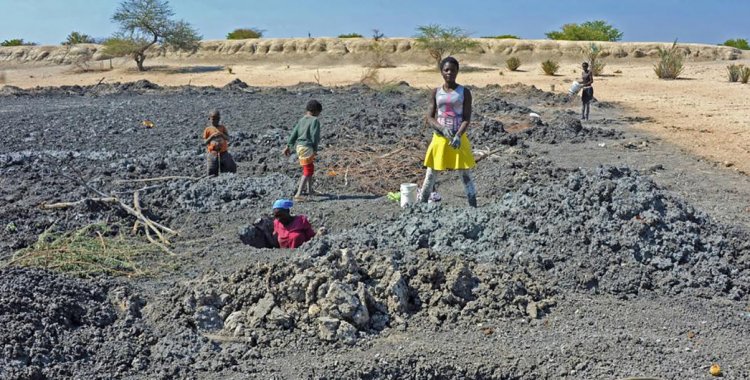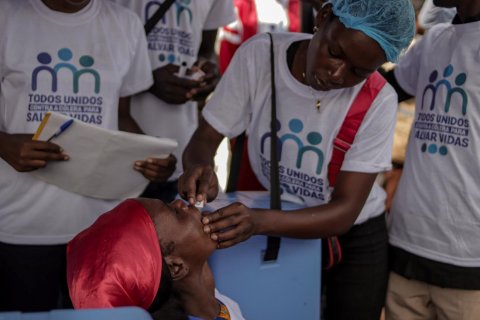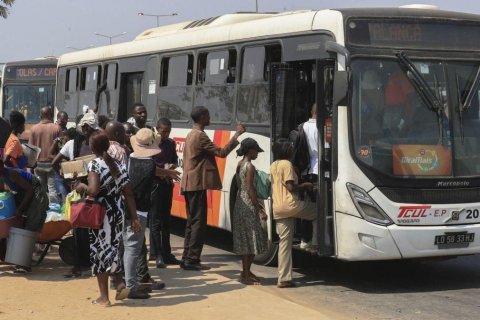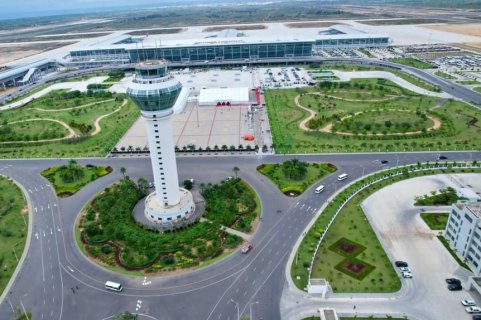The southern region of Angola "faces extreme drought with thousands of victims" and, according to the United Nations Under-Secretary-General for Humanitarian Affairs, Martin Griffiths, the funds "aim to boost the response to underfunded crises", according to a note from the organization.
A report by the Angolan Government, dated 16 December, on the situation of acute food and nutrition insecurity in those three provinces in the south of the country highlights that 1.32 million people are greatly affected, and by March 2022 it could reach 1.58 millions.
The data are contained in the report, to which Lusa had access, carried out by the National Department of Food Security, the National Directorate of Agriculture and Livestock (DNAP), of the Ministry of Agriculture and Fisheries in the provinces of Cunene, Huíla and Namibe, between March and May 2021, with a survey in 17 municipalities.
The document, dated August, presents the results of the analysis of the Classification of the Phases of Food Insecurity (IPC) and of acute malnutrition caused by drought and other external factors.
"The results allowed us to conclude that 1.32 million people face a situation of high acute food insecurity", says the report, indicating that this number corresponds to 49 percent of the population "in need of urgent intervention".
The document highlights that the drought observed in the last two agricultural years, the context of the economic crisis since 2014, the increase in the cost of living and the pandemic crisis of covid-19, since March 2020, resulted in the current context of acute food insecurity in the three provinces.
According to the report, the scarcity of crops has seriously affected people's access to food in the southern region of Angola, with a strong agricultural and livestock vocation, aggravating the nutritional status of the population.
"With the trend of rapid reduction in food reserves, the situation tends to evolve to the level of a food crisis, as shown by the data presented in the table", warns the document, which adds: "Humanitarian assistance, until the next harvest, is necessary action to prevent the worsening of acute food insecurity in communities".
The scarcity of rains and the recurring effects of drought, which significantly reduced agricultural production, the main source of food for rural households, and caused the loss of animals due to lack of pasture and water, a general increase in food prices and the locust plague in some communities are also mentioned as some of the factors of the current situation.
With regard to acute malnutrition, the IPC analysis methodology indicates that in 10 eligible municipalities in the three provinces, 11,400 children between the ages of 6 and 59 months suffer or may suffer from this condition in the next 12 months and require treatment.







